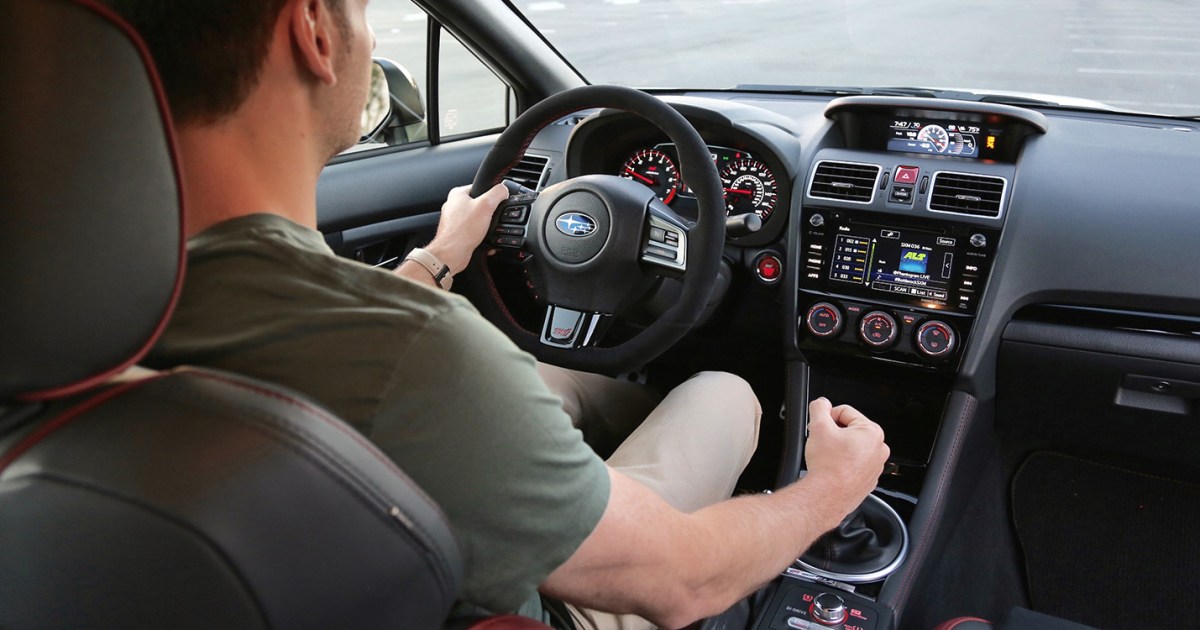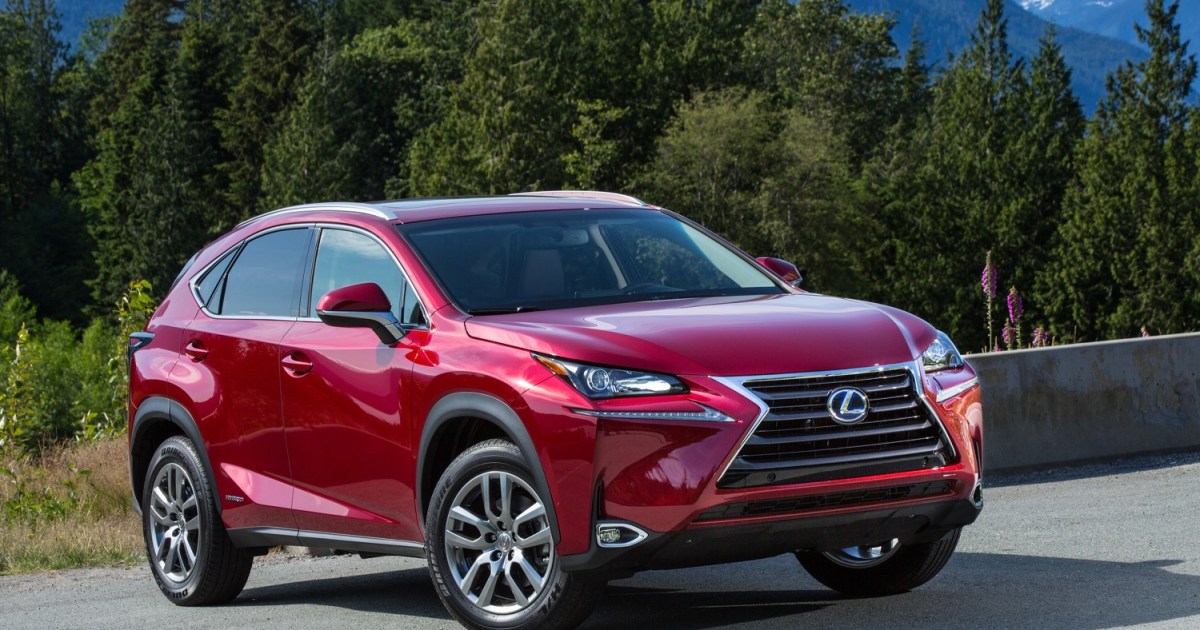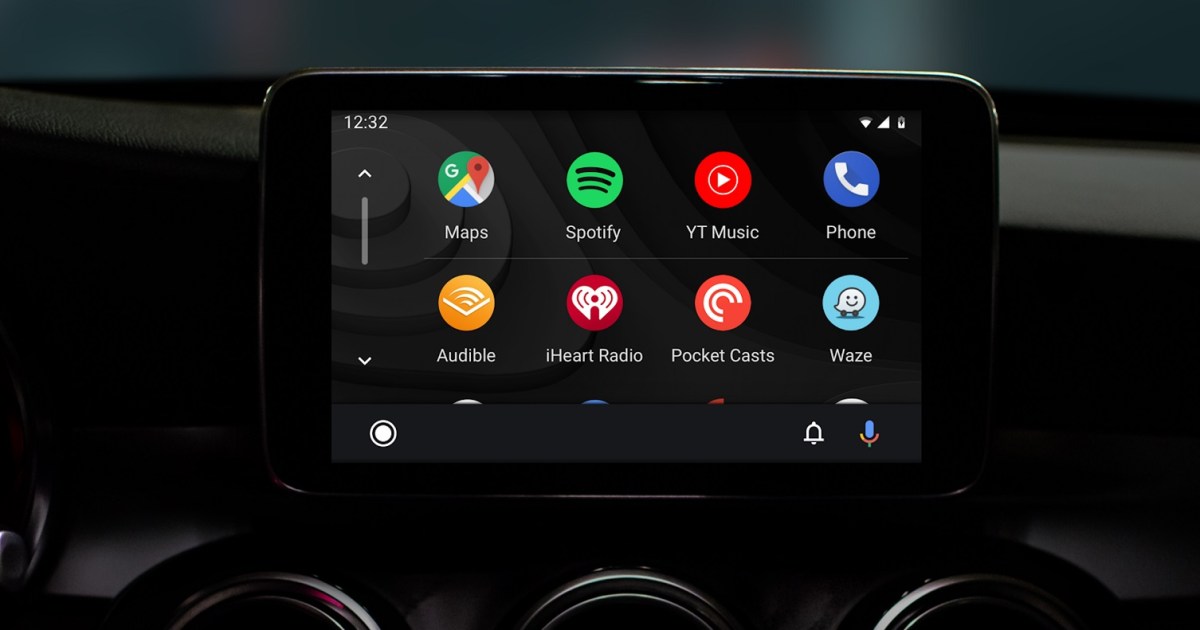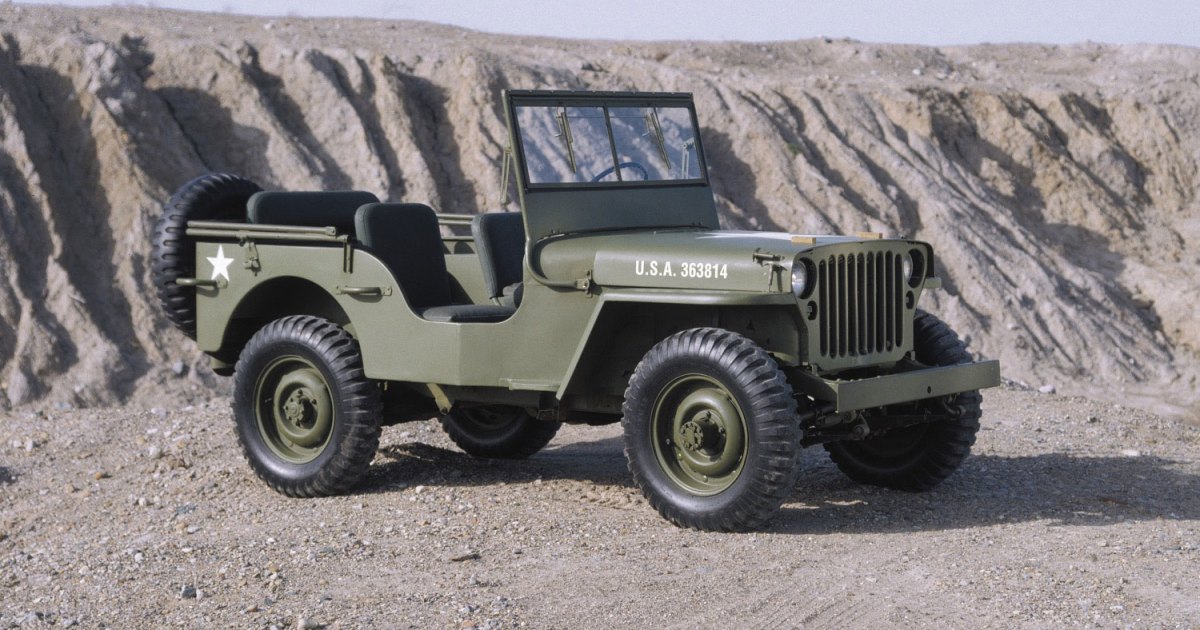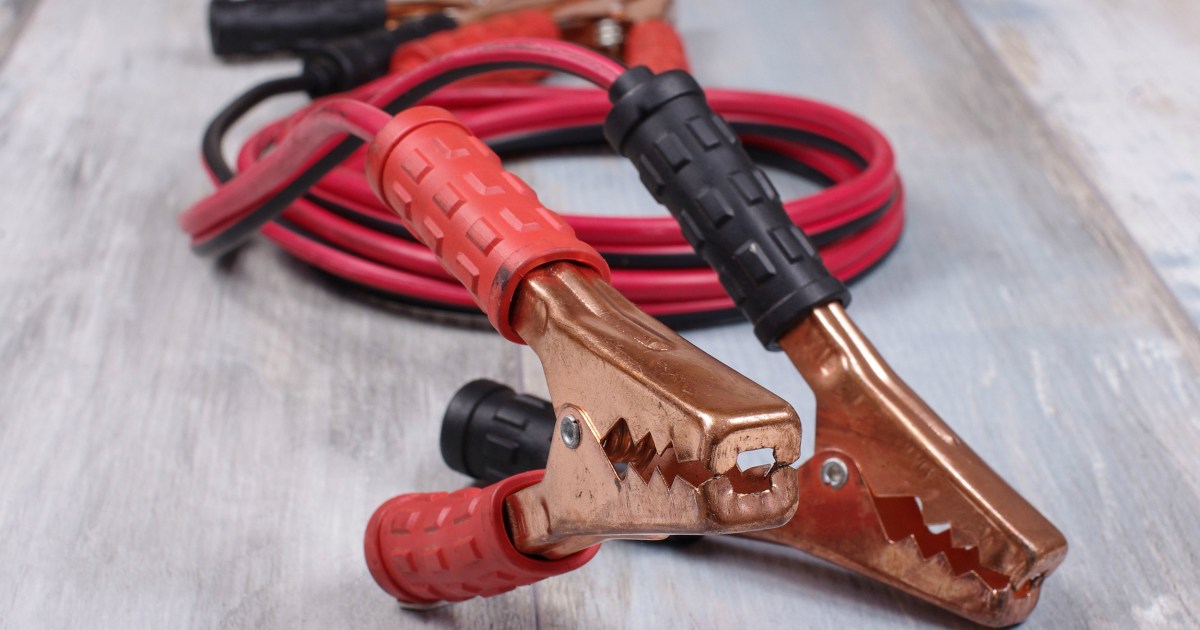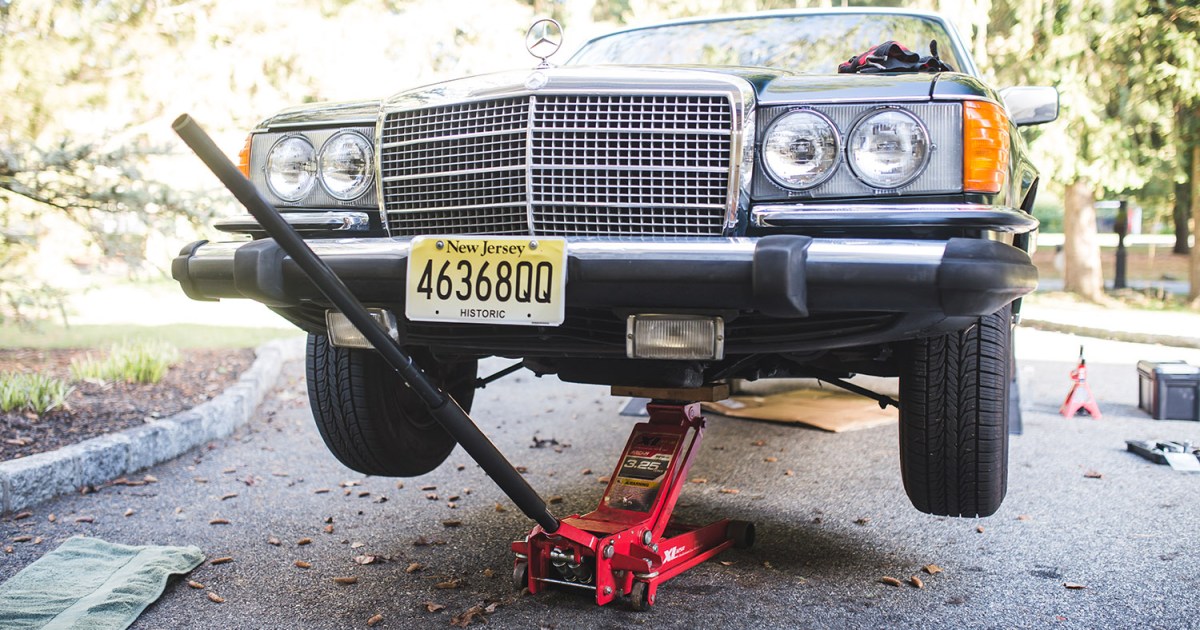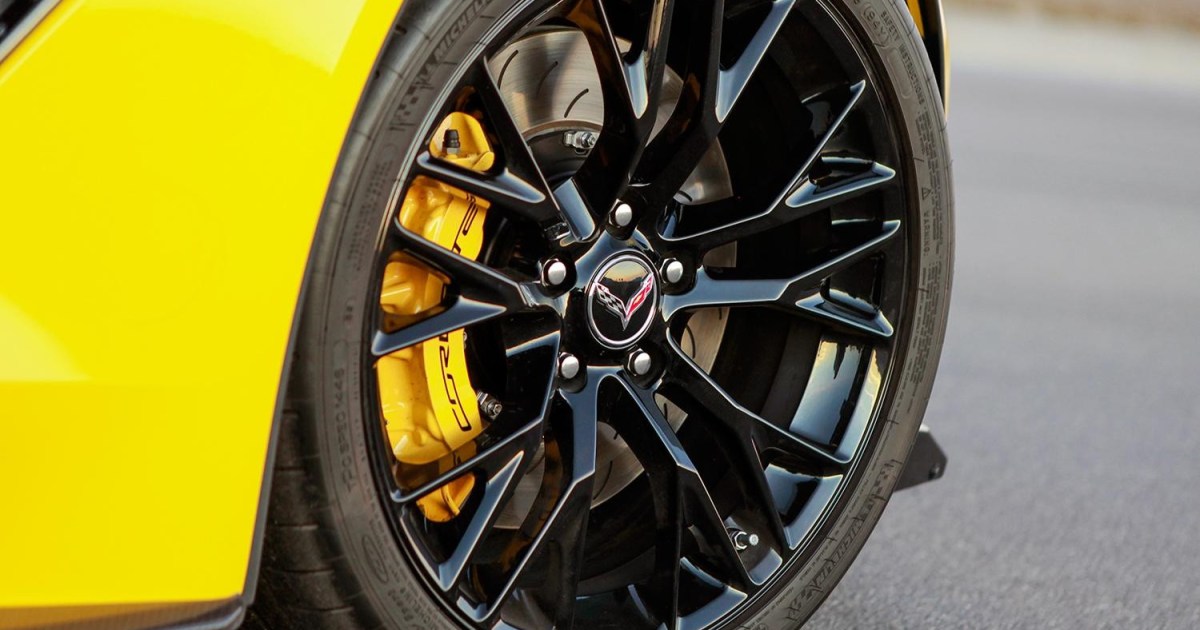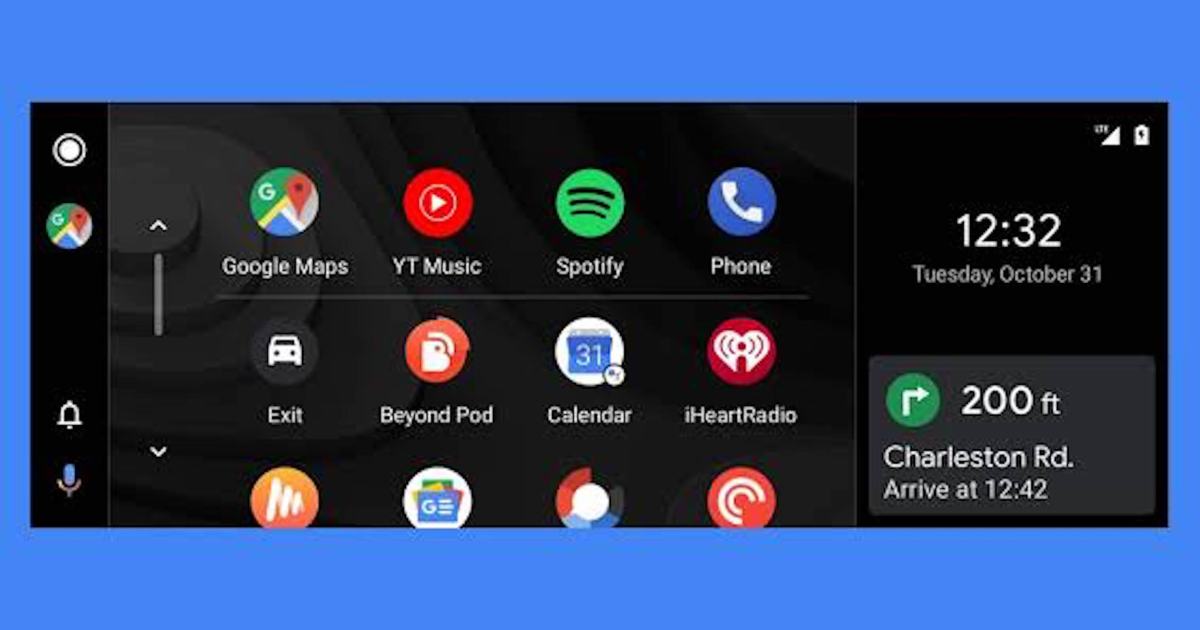Driving a stick shift might seem like a relic of the past, but the skill remains surprisingly relevant. Whether you’re renting a car abroad, borrowing a friend’s truck, or simply appreciate the connected driving experience, knowing how to drive a manual car can be invaluable. While it may appear daunting at first, mastering the manual transmission is easier than you think. This comprehensive guide provides a step-by-step approach to learning the art of driving a stick.
Understanding the Basics: Clutch, Shifter, and Gears
Before turning the key, familiarize yourself with the key components of a manual transmission. Locate the clutch pedal, positioned to the left of the brake. This pedal is the core differentiator between automatic and manual vehicles. Get a feel for its resistance and engagement point. Next, identify the gear shifter, typically found in the center console or near the steering wheel. Adjust your seat to ensure comfortable access to all three pedals, allowing full depression of the clutch.
Examine the shift pattern diagram on the gear knob. This diagram illustrates the positions of each gear, including reverse, which may have a unique access method depending on the vehicle model. Understand the concept of neutral, the in-between position that allows the engine to run without engaging the wheels.

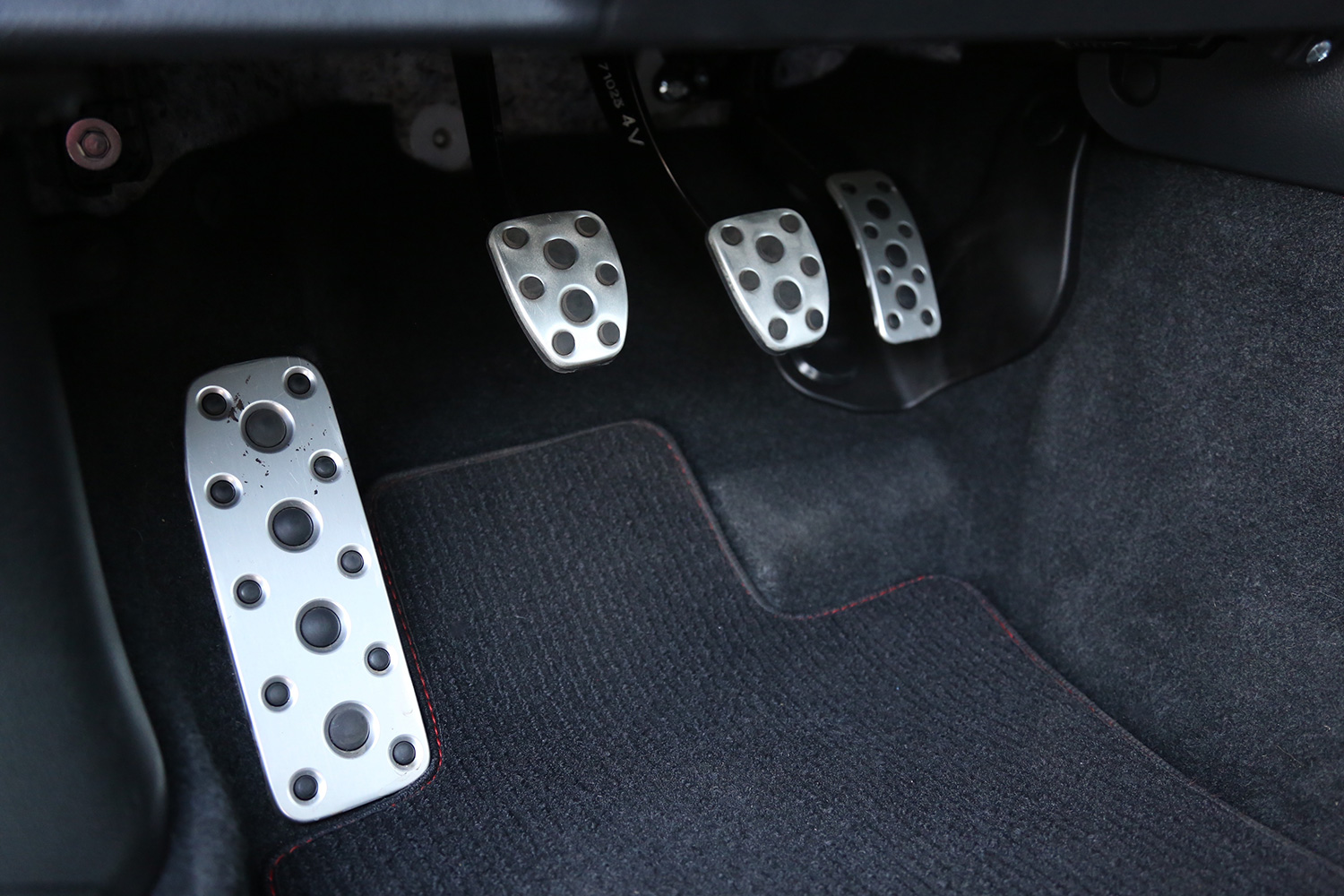
Practice Shifting: Engine Off, Emergency Brake On
The fundamental principle of manual driving: starting with the clutch and ending with the gas. With the engine off and the emergency brake engaged, practice the shifting process. Depress the clutch fully, shift into first gear, then slowly release the clutch while gently applying the gas. Repeat this sequence for each gear, simulating the motion of accelerating and shifting through the gears.
Remember the three key actions:
- Depress the clutch with your left foot.
- Shift gears with your right hand.
- Gradually apply gas while releasing the clutch.
Smoothness is paramount, especially for beginners. Focus on controlled transitions between gears, starting with shifts from first to second.
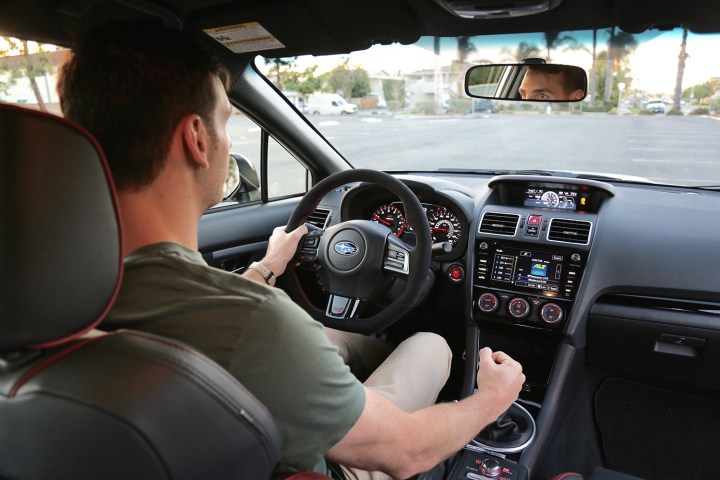
Simulating Real-World Driving Scenarios
Practice accelerating and decelerating. Imagine accelerating to approximately 15 mph, shifting from first to second, then to third. Now, visualize approaching a red light and practice downshifting, moving back down through the gears. Downshifting is crucial for maintaining engine power at lower speeds. Finally, simulate coming to a complete stop by depressing the clutch and shifting into neutral.
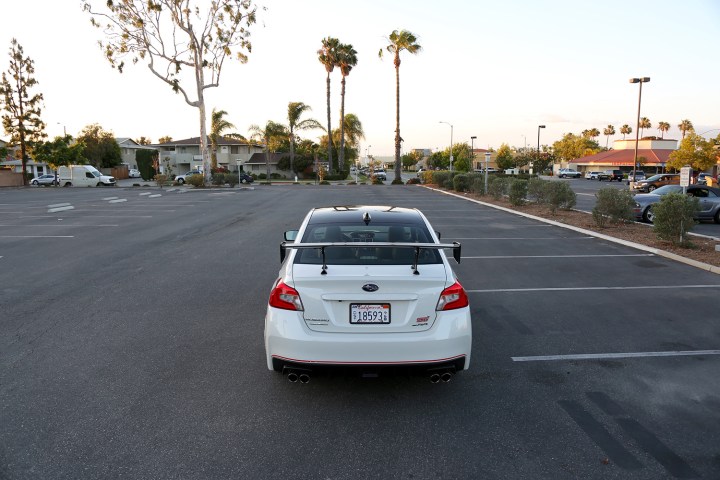
From Simulation to Reality: Starting the Engine
Transition from practice to real-world driving in a safe, low-traffic environment. With the car in neutral and the clutch depressed, start the engine. Select first gear, slowly release the clutch while gently applying gas, and begin moving forward. Practice shifting gears as you accelerate, aiming for smooth transitions and avoiding rapid acceleration.
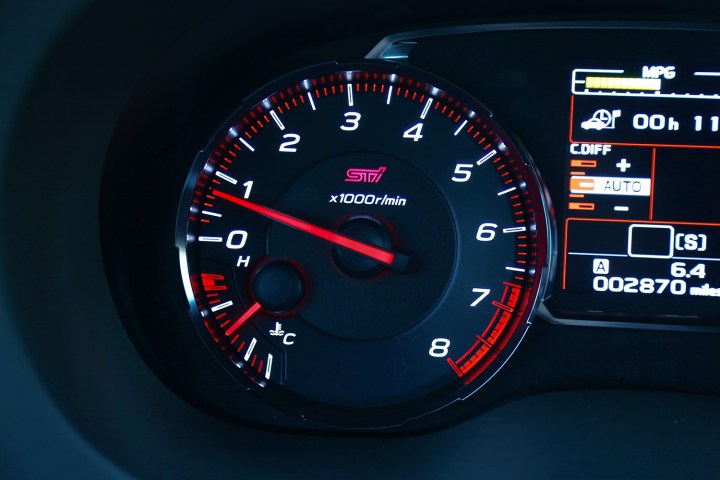
Conquering Hill Starts
Starting on a hill presents a unique challenge, requiring coordination of the clutch, gas, and handbrake. With the handbrake engaged, begin the starting process as you would on flat ground, simultaneously releasing the handbrake. Timing is critical, requiring practice to find the right balance.

Common Transmission Terminology
Understanding key terms can enhance your grasp of manual transmission operation:
- Clutch: Connects and disconnects the engine from the transmission.
- Gear: Transfers power from the engine to the wheels.
- RPM (Revolutions Per Minute): Measures engine speed.
- Tachometer: Displays engine RPM.
- Upshifting: Shifting to a higher gear.
- Downshifting: Shifting to a lower gear.
- Double-clutching: A technique for synchronizing engine and transmission speeds, rarely necessary in modern vehicles.
- Double/Dual-Clutch Gearboxes: Automatic transmissions that use two clutches for faster shifts.
- CVT (Continuously Variable Transmission): Automatic transmissions that use belts and pulleys, eliminating the need for fixed gears.
The Joy of Driving Stick
Learning to drive a manual transmission offers a rewarding experience, providing a greater sense of control and connection with your vehicle. Be patient with yourself, embrace the learning process, and enjoy the unique satisfaction of mastering this timeless skill.



